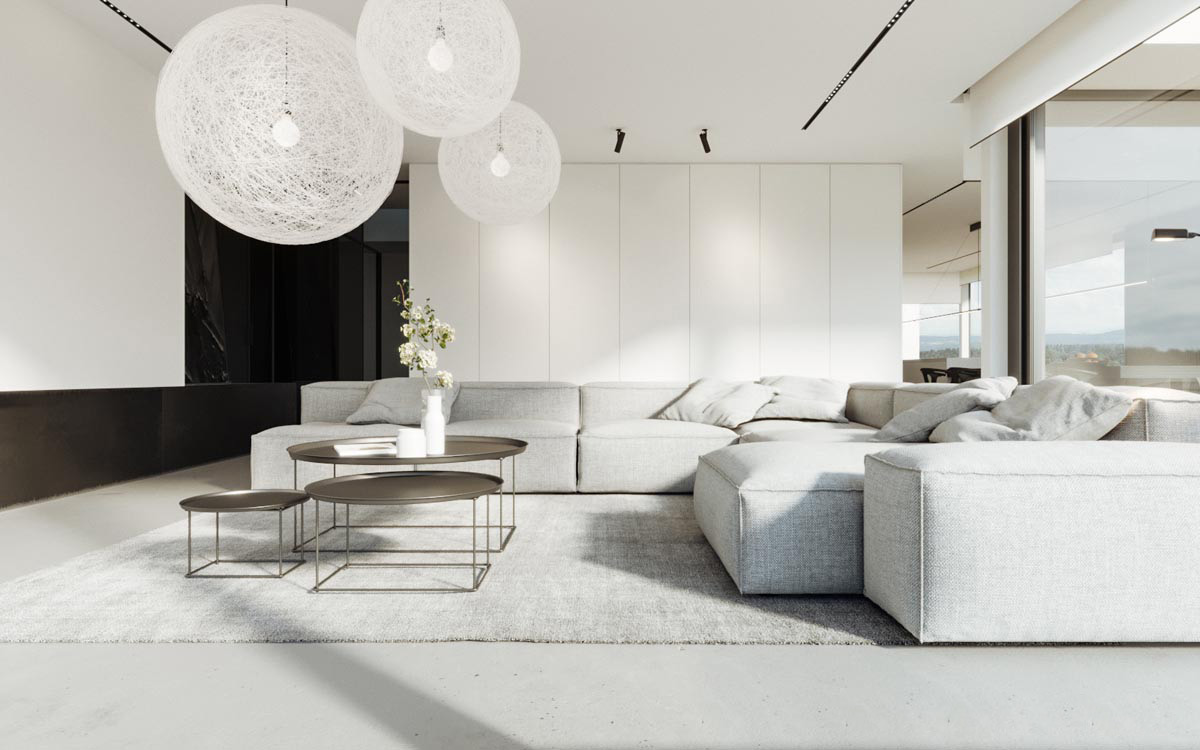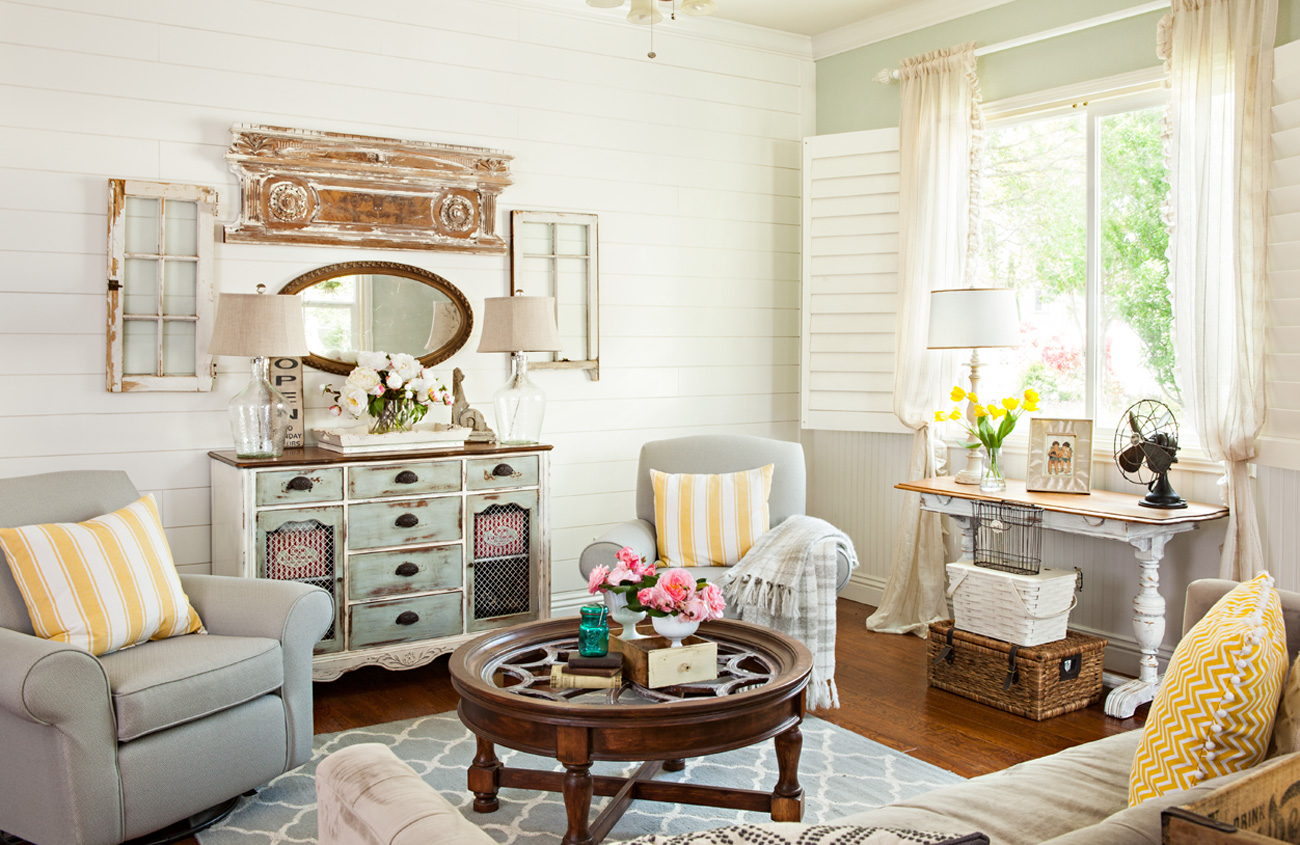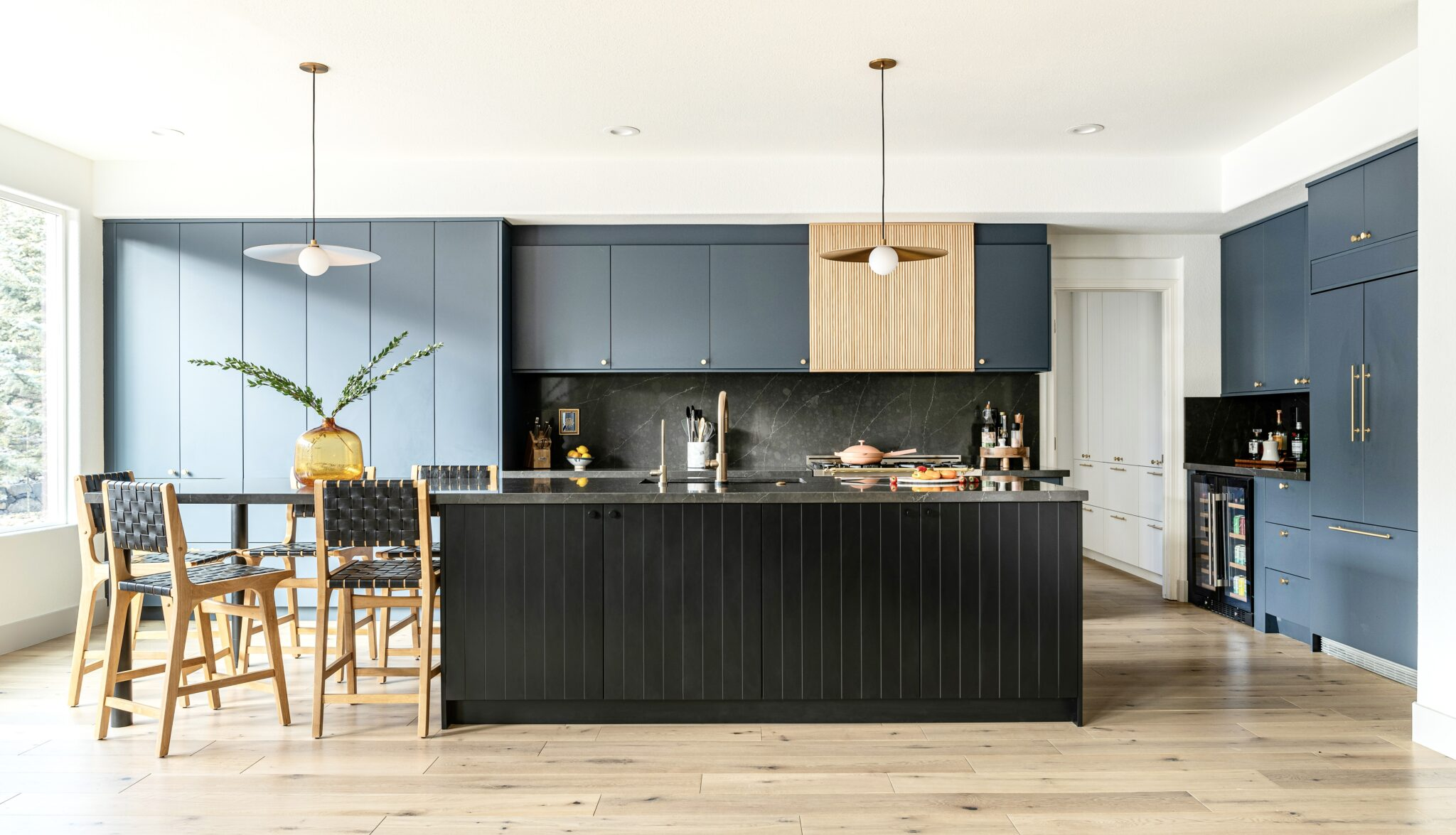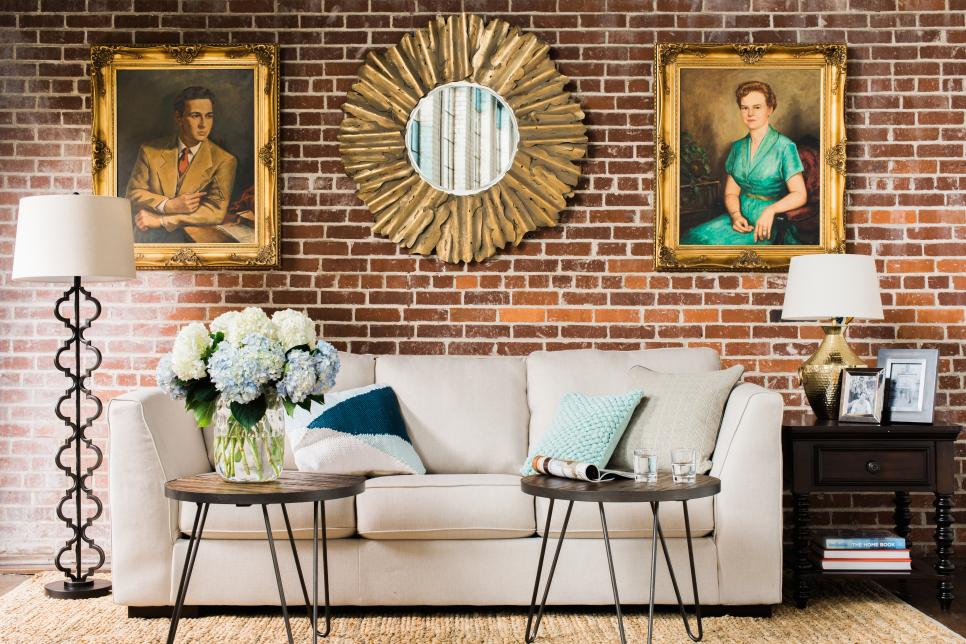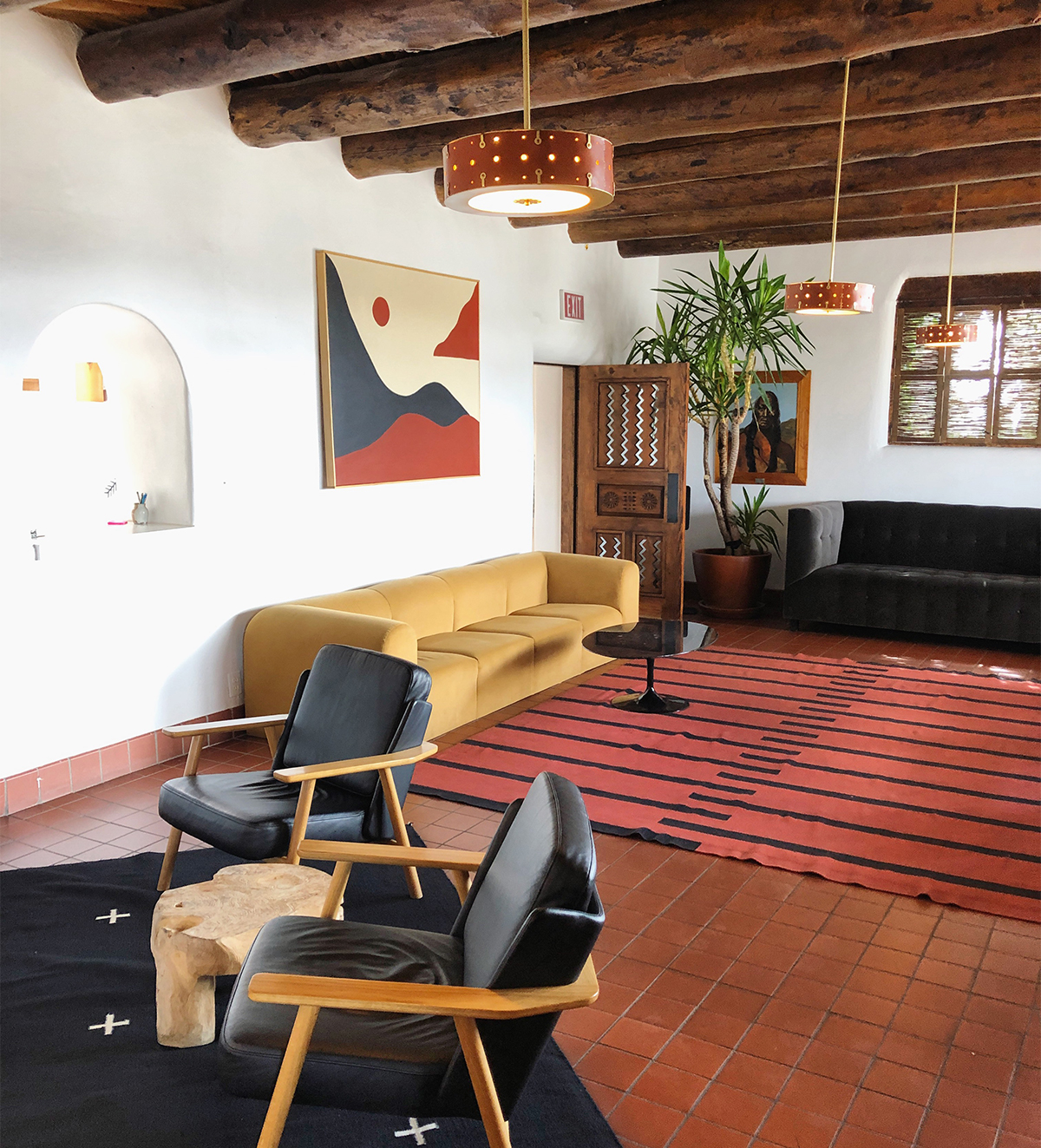
Many of us are trapped at home, no wonder minimalism is recovering. For those looking for new and exciting things, this art of creating a bold room and editing your clutter to tell a cohesive story may be more attractive than ever. Whether combining patterns and textures or decorating with bright colors, there is a way to incorporate minimalism without making your space too complicated. According to interior designer Nick Olsen, overcoming fear is the key to creating maximum space.
"Generally speaking, minimalism is not afraid of adding more and not afraid of taking risks," Olsen said. "It is a visual layer, a texture layer, a color layer, a pattern layer, and an object layer. It can be any of these things, whether isolated or complete." Here are 5 types of designers recognized the way to maximize success.
1. Choose a cohesive color palette.
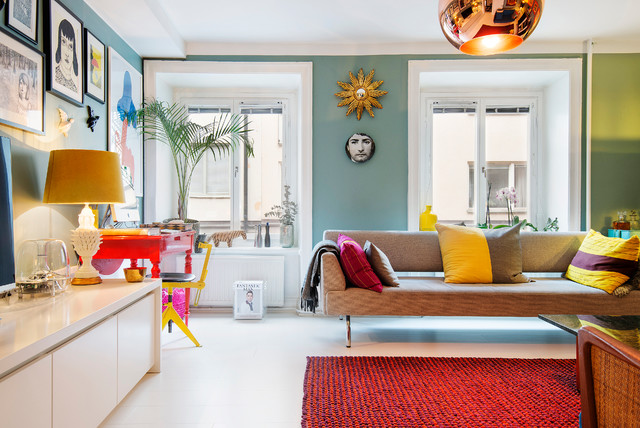
When you are in the planning stage of minimalist design, deciding on the color palette is the key. Match a set of colors according to the mood you want to evoke. Decide whether you want warm colors (such as red, orange, and yellow) or cool colors of blue, gray, and white. Then, run in that color. Equip the room with furniture, artwork and accessories with the color scheme of your choice.
"A table full of clutter looks like an exchange meeting," said Steve Giannetti of Giannetti Home. "A table is filled with a set of edited objects that look like they are put together as part of a collection, and the palette matching feels like an excellent minimalist design."
2. Consider the size of your patterns.
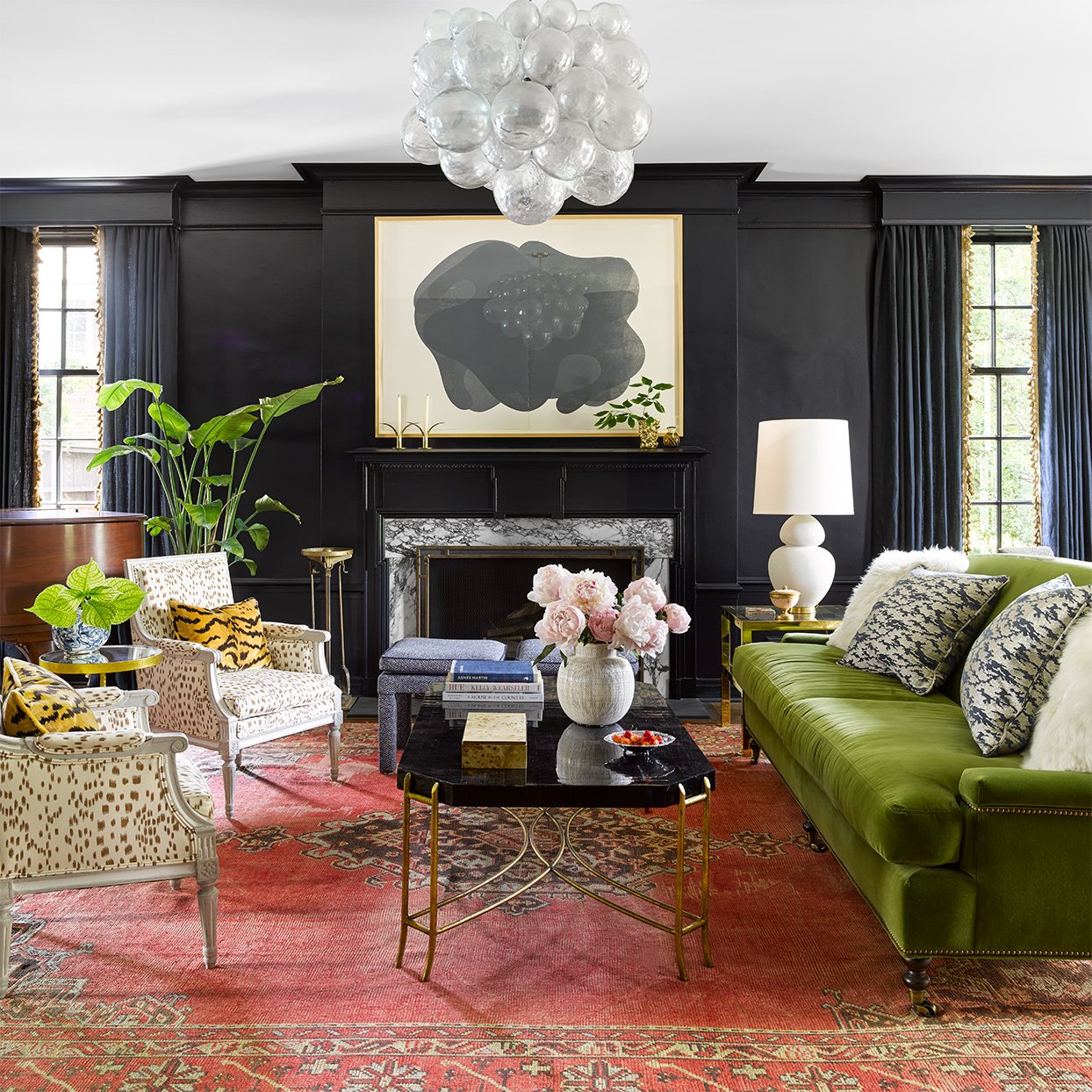
One of the tenets of the minimalist style is the combination of patterns. However, in terms of implementation, this is a good route. Olson said that the hybrid model can be a trial-and-error process, and it is important to investigate your scale. Limit some models to small areas, and limit other models to a wide space, so that the scale will not compete.
"If you are in mixed mode, just look at the scale of each mode," Olsen said. "If you can tell that the proportions of flowers and geometric figures and animal prints are the same, then all these side-by-side things will compete with each other."
3. Be bold from the start.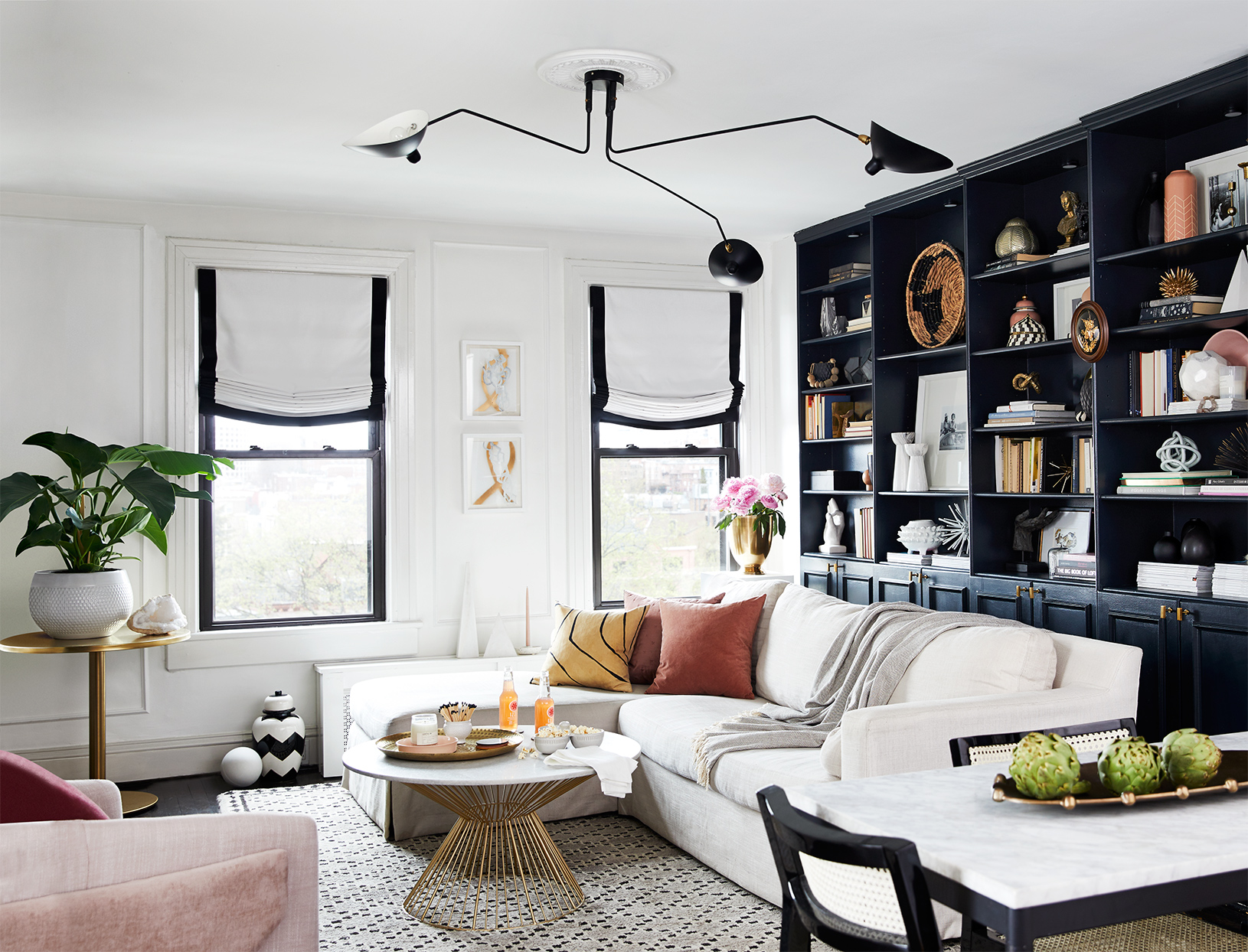
A single project can make a major maximization statement. For interior designer Brooke Giannetti, the 100-year-old tapestries became the perfect backdrop. She designed the entire space around it to show the large patterns of tapestries. “It’s also a great thing to do something big and bold like this, or a great landscape wallpaper that adds a great background and some texture to the wall,” she said.
If you are attracted by a bright color, stick to it and paint the entire room in the same shade, not just an accent wall. You may be shocked at first, but Olsen said to give your eyes time to adjust to the new and amazing environment.
4. Group the projects together.
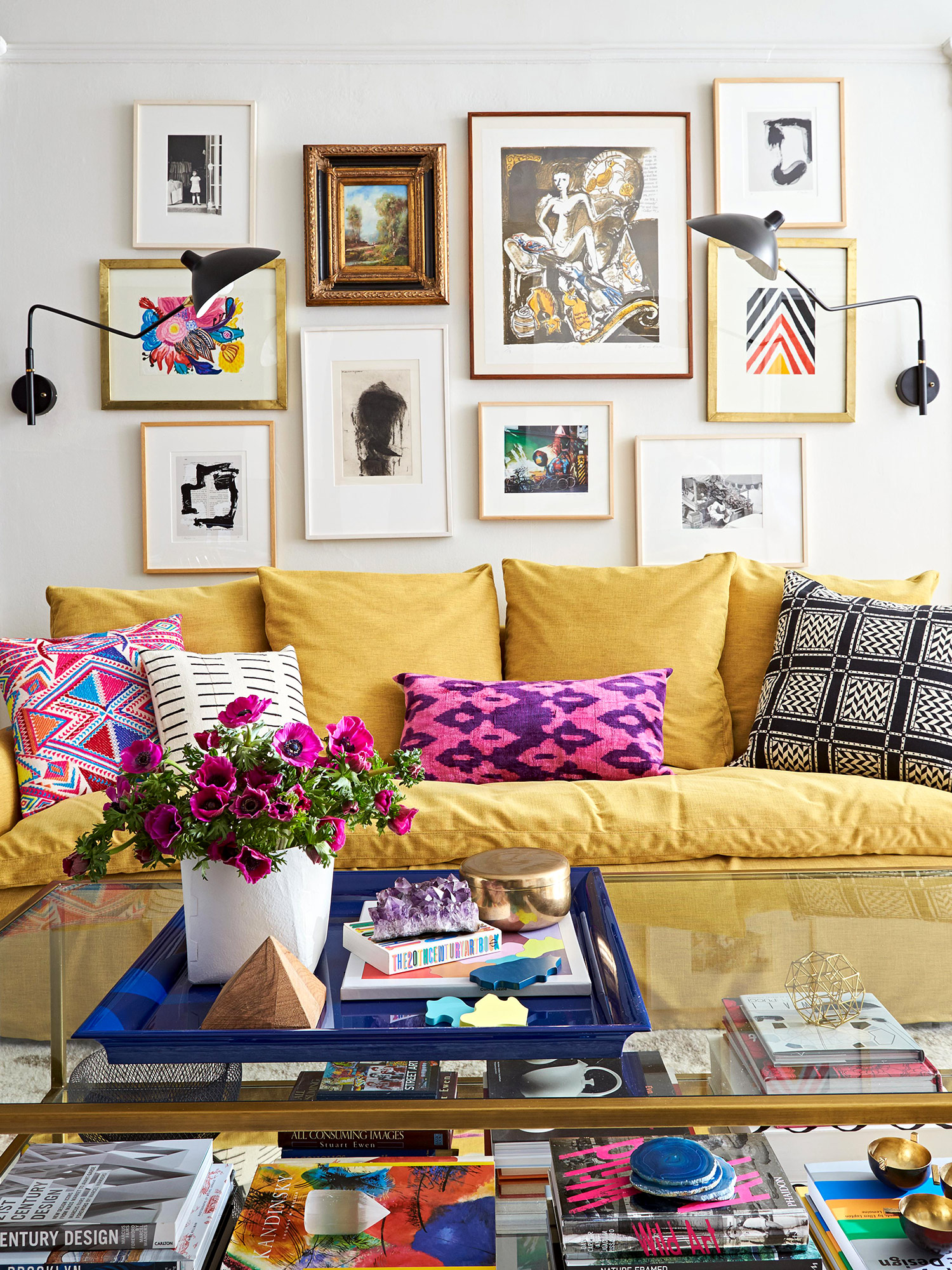
Have three identical vases or multiple leather books? Arrange them together. Minimalism is the opposite of minimalism. It can transform messy designs into clever designs, and according to Giannettis, it can make your personality truly come to life. When your eyes are drawn to something, see if you can buy three or five and put them in the same place. "Things in a group are more powerful than things of one person and two people," Brooke said.
5. Display artwork on one wall.
One of the most attractive minimalist design techniques is to collect all your artwork and install it on a wall, filling it completely. Olsen linked this move to the window displays of Bergdorf Goodman and Tiffany & Co.. left. It looks great," he said.





